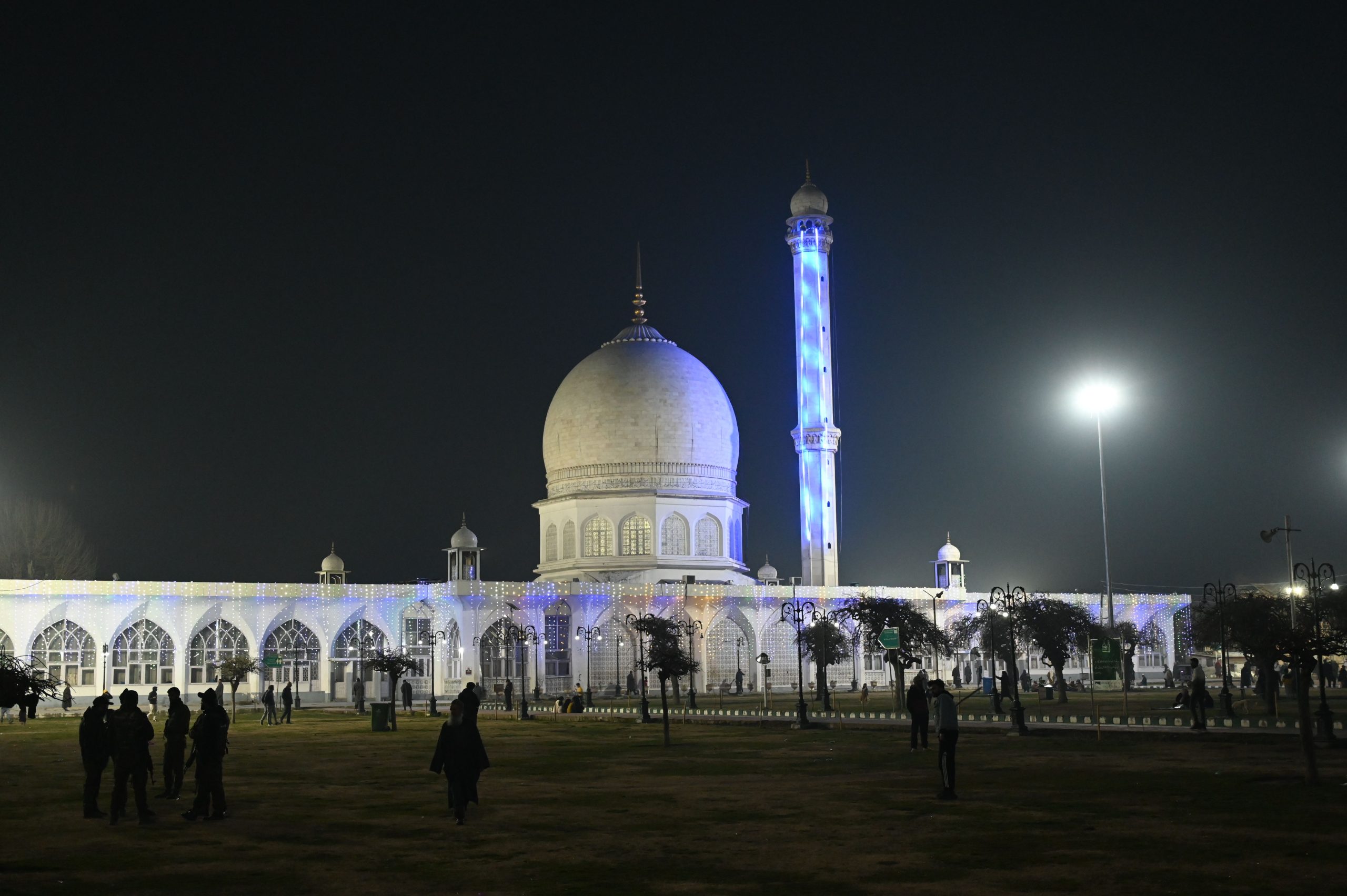By: A Kayum Ahmed
A safe and effective vaccine could play a significant role in mitigating the Covid-19 pandemic. Yet, even if such a vaccine is found, it is highly unlikely that a sufficient number of doses could be produced in the next 2-3 years to ensure equitable access for everyone. So, when a Covid-19 vaccine becomes available, who should get it first?
Most guidelines for allocating limited supplies of vaccines would put health-care workers at the front of the line. But there is little consensus about how a Covid-19 vaccine should be allocated beyond this group.
Guidelines for allocating vaccines during an influenza pandemic, released in 2018 by the US Centers for Disease Control and Prevention, would place certain national-security personnel at the top of the list, alongside health-care workers. This reflects the CDC’s pre-Covid-19 tendency to emphasise the securitisation of health: an influenza vaccine, the guidelines state, should be allocated in a way that will “maintain national security, health care, and other essential community services.”
The World Health Organization takes a different approach in its latest guidelines, released last month and focused specifically on Covid-19. It lists adults over the age of 65 as the highest-priority group, after health-care workers. The WHO’s overarching goal is to reduce mortality and prevent health systems from becoming overwhelmed.
Yet, for bioethics experts, the guiding principle when allocating limited resources during the Covid-19 crisis should be to “maximise benefits.” They suggest that after health-care workers are vaccinated, a lottery system would be the most equal way to allocate a limited supply of the vaccine.
Each of these vaccine-allocation guidelines weighs factors like occupation, age, and medical risk differently. But all of them have one thing in common: they are silent on race.
There is no question that Covid-19 has disproportionately affected communities of colour. In the United States, the CDC reports that Native Americans and African-Americans are five times more likely to contract Covid-19 than white people. Black and Latino people have died at nearly twice the rate of whites.
In the United Kingdom, Public Health England found that people of Bangladeshi ethnicity are twice as likely as white people to die from Covid-19, while the National Health Service revealed that black women are 4.3 times more likely to die from Covid-19 than white women.
A range of factors contribute to these inequities. Black, indigenous, and people of color (BIPOC) communities occupy a disproportionate share of frontline jobs that cannot be done from home. They are more likely to rely on public transportation, live in crowded housing, and often suffer from underlying health problems. Furthermore, BIPOC communities have reduced access to health services, and a documented history of receiving inferior care. The oppressive nature of white supremacy is therefore profoundly apparent.
The CDC has discussed whether race and ethnicity should play a role in Covid-19 vaccine-allocation decisions. But the topic has proven contentious, and there is no indication of how race will shape their guidelines, or whether it will be included at all. Given the scale of the disparities in Covid-19 outcomes, however, a race-neutral approach is not appropriate. What is needed instead is an actively antiracist framework.
How to design such a framework must be considered in the context of “vaccine sovereignty” – an idea that describes how governments use public funding, supported by the pharmaceutical industry and research universities, to obtain priority access to potential vaccines. This concept – embraced by the US and Europe – turns vaccines into instruments of power designed to decide whose lives matter the most.
The ironically titled Inclusive Vaccine Alliance shows how vaccine sovereignty reproduces global inequity. The Alliance – comprising France, Germany, Italy, and the Netherlands – has negotiated priority access to various potential Covid-19 vaccines, and is “also working to make a portion of vaccines available to low-income countries, including in Africa.”
In his book How To Be an Antiracist, the historian Ibram X. Kendi quotes Supreme Court Justice Harry Blackmun, who wrote in 1978, “In order to get beyond racism, we must first take account of race. There is no other way. And in order to treat some persons equally, we must treat them differently.” During the Covid-19 crisis, that means giving BIPOC communities priority access, alongside health-care workers, to a vaccine.
In doing so, we must acknowledge the long history of medical experimentation on BIPOC communities. Just a few months ago, French doctors suggested that Covid-19 vaccines first be tested on Africans. Against this background, any effort to vaccinate BIPOC communities first will be met with skepticism and fear. An antiracist vaccine-distribution framework must address this reality.
Giving BIPOC communities priority access to a Covid-19 vaccine must not be confused with reparations for slavery and colonialism. It will take much more than a vaccine to address the systemic injustices of white supremacy. But an antiracist allocation framework could be a step toward rethinking the race-neutral ideology that shapes the global health architecture.
– Kayum Ahmed is the division director for Access and Accountability at the Open Society Public Health Program in New York. – Project Syndicate





